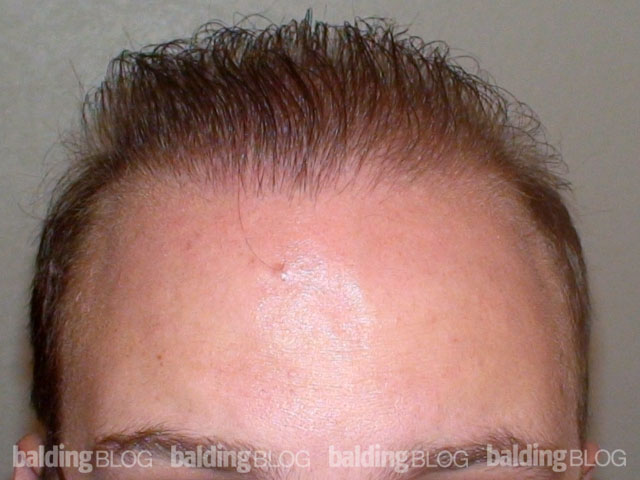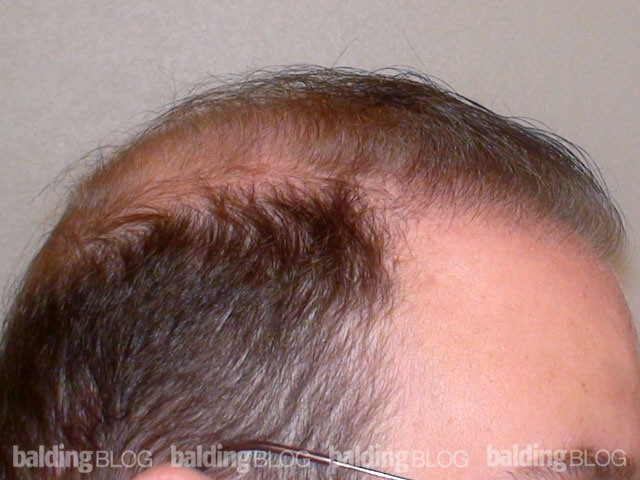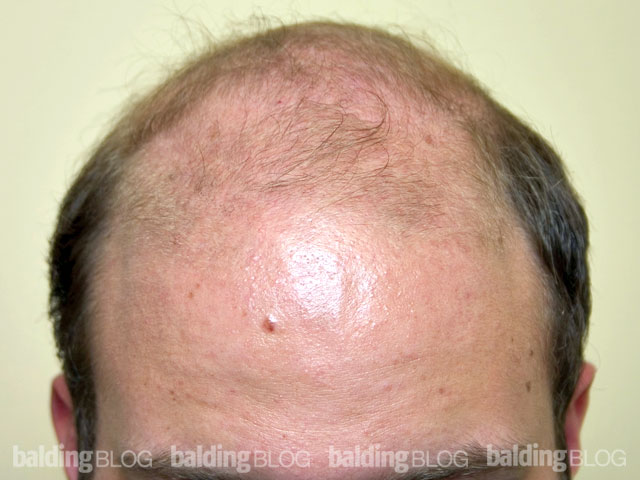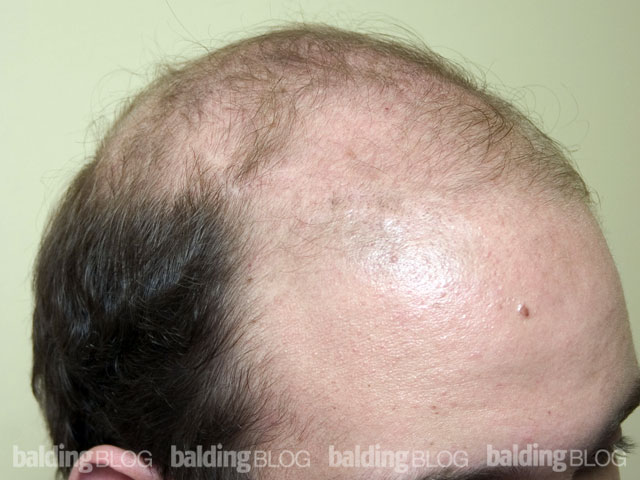Dr. Rassman,
I read your blog daily and really enjoyed the educational pieces about miniaturization that you recently posted. You made a comment that you have never understood why your colleagues don’t accept the approach you recommend for doing miniaturization studies.
I will probably be looking at getting a hair- transplant within the next 24 months. Because I work 7 days a week due to being self-employed, I cannot afford to miss work and come to see you. Fortunately, I have a very good surgeon about 45 minutes away. When I called his office though to inquire about miniaturization studies, his staff had no idea what I was asking about. I recently e-mailed the doctor to ask him about it. Below is my e-mail and his response to it. Perhaps his response will help to inform you of why some of your fellow surgeons do not embrace the concept. After reading, please tell me what you think in regards to his comments. Hopefully, maybe, everyone can eventually come to an agreement.
—
This is my e-mail to the doctor in question:
Dear Dr. (name withheld)
I will be looking into getting a possible hair- transplant within the next 24 months. I have been educating myself fiercely. I have become almost addicted to learning about hairloss. I have been listening to Spencer Kobren for the last year and have spent literally hundreds of hours on various hairloss forums. I am also a daily reader of Dr. Rassman’s Balding Blog.
One thing that Dr. Rassman constantly stresses is the importance of getting miniaturization studies done. The miniaturization study serves two important benefits. It predicts your eventual hairloss pattern and gives a baseline to show if, and how, other modalities such as Propecia and Rogaine are working.
I was very concerned when I called your office about 4 months ago to inquire about getting one prior to a transplant to “assess my damage” and to get a baseline, because I want to first try Rogaine and Propecia prior to a future transplant. I was very alarmed when your staff had no idea what I was even asking about. When I pushed the issue with the girl who took my call (she said she’s never heard of such a thing) she said she would check with someone else. She came back on the phone a few minutes later and said she spoke with you and claimed you said miniaturization studies aren’t done or needed because if you are already losing your hair, you don’t need a study to tell you so! This is false and there are several very valid reasons for getting them done.
Is this true that you don’t do them or recommend them?
Please advise.
—
This is the doctor’s response:
Bill Rassman is a good friend of mine and a top tier surgeon, and we generally agree on almost everything. On the matter of miniaturization studies though, we apparently disagree.
You made the following statement: It predicts your eventual hair loss pattern and gives a baseline to show if, and how, other modalities such as Propecia and Rogaine are working.
I am not aware of any technique that has been shown to reliably predict the eventual hair loss pattern. That would require many years of followup to determine accuracy, and that has simply not been done. Furthermore, there is no evidence that a magnified assessment is superior to a “naked eye” assessment.
While its true that magnified images can be dramatic, and can be helpful to show a patient his or her status, no experienced surgeon needs it to determine who is a good candidate for surgery and who should be rejected, nor to determine where to place the transplanted hairs. If a miniaturization study predicted only a Norwood III pattern, would it be safe to transplant a very low hairline? I would say no.
I was taught early in my medical career to perform a test or study only if the results would change the outcome, and in my opinion a miniaturization study would not give me any information I would not already have. I have no problem with the use of these studies, but they are not part of the “standard of care.” I do perform a magnified view of the donor area with a handheld device to determine density, and to determine how long and wide the strip should be, and obtain high magnification digital photography if a density study is to be performed.
As far as using Propecia and or Rogaine prior to a transplant, I think that’s a great idea, but you will not need the miniaturization study to know if those products are working. Standard photography and self assessments will do that quite well. {END}
—
I have removed all references to the doctor’s identity, but I can e-mail his name privately if you would like to know. I am very curious as to what you think of his response to the miniaturization studies you advocate.

 Best if I give you an example of a patient I saw yesterday. He was 39 years old and lost 1/2 inch of frontal hairline above where his mature hairline would be. He wanted it back.
Best if I give you an example of a patient I saw yesterday. He was 39 years old and lost 1/2 inch of frontal hairline above where his mature hairline would be. He wanted it back.
He had no balding to the naked eye and when I mapped out his head for miniaturization, there was absolutely none present anywhere else on the scalp. He was started on Propecia and we arranged for a hair transplant. He asked what his future might look like and I said that based upon no miniaturization on his scalp (even on the leading bald edge where he missing hair was), the use of Propecia and his age, it would be unlikely that he will bald further.
Earlier in the week I saw another patient with a similar presentation. He was 34 years old with no evident balding in the top or back of his head, but when I mapped out the scalp, he had significant miniaturization in its early state impacting 80% of the hair in the front and top and 30% of the hair in the upper crown area. I told him that his future may not be bright and that his balding could progress further back. Only the Propecia will possibly thwart the process. I also told him that in a year we can remeasure his miniaturization and if the drug reversed it, it would be likely that he could control it, but if the drug did not and the process advanced, then he might be into more transplants down the road.
I clearly could not give either patient an absolute guarantee on what might happen to him, but using a metric and a little bit of science, both patients felt that they received value from my opinion and measurements.
![]()
![]()



 I don’t know what this “specialist” you went to is talking about in regards to the results being unnatural. I have some of my best results from transplanting people with red hair. Plus, all of his advice on Propecia (which I believe is a great medication) and Provillus (which I do not believe has much value) seems opposite to everything I’ve written here on this blog.
I don’t know what this “specialist” you went to is talking about in regards to the results being unnatural. I have some of my best results from transplanting people with red hair. Plus, all of his advice on Propecia (which I believe is a great medication) and Provillus (which I do not believe has much value) seems opposite to everything I’ve written here on this blog.



 Best if I give you an example of a patient I saw yesterday. He was 39 years old and lost 1/2 inch of frontal hairline above where his mature hairline would be. He wanted it back.
Best if I give you an example of a patient I saw yesterday. He was 39 years old and lost 1/2 inch of frontal hairline above where his mature hairline would be. He wanted it back.